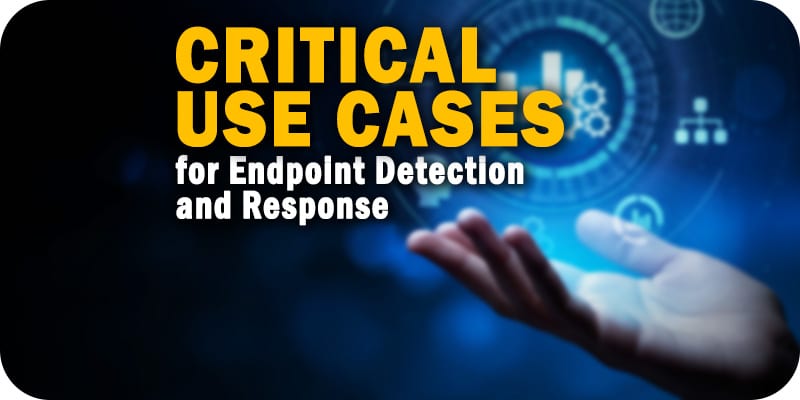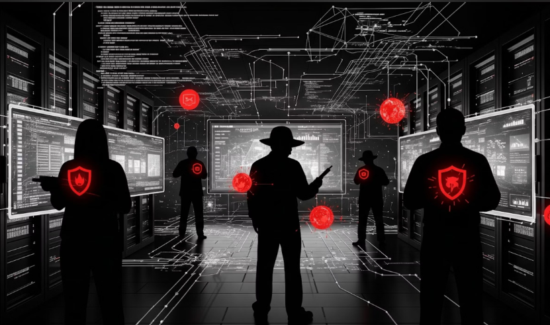3 Critical Use Cases for EDR (Endpoint Detection and Response)


What are three critical use cases for EDR (endpoint detection and response)? Why should businesses seek out and deploy an EDR solution now? What can it offer that other solutions can’t?
Endpoint security enters 2021 in a unique place in the cybersecurity discourse. On the one hand, the digital perimeter continues to evolve away from the mold once made secure with simple antivirus software. Instead of solidifying on the traditional endpoint, it becomes ever more porous and cloud-based. The shift to mass remote work prompted by the COVID-19 pandemic only sped up those transitions.
As such, endpoint protection platforms for enterprise cybersecurity now revolves around a new critical capability: EDR. But what use cases for EDR should enterprises consider when making the final decision?
Here are 3 critical ones.
3 Critical Use Cases for EDR
1. Mobile Devices Connecting to the Network
One of the most critical use cases for EDR involves the plethora of mobile devices connecting to modern business IT environments. Employees and other users use mobile devices like tablets to do more of their daily workloads than ever. On the one hand, using personal mobile devices actually can improve productivity, as users feel comfortable with those devices and know their processes better.
On the other hand, protecting and monitoring mobile devices proves a significant challenge. Its firmware and connections don’t operate in the same way as traditional endpoints; after all, the former devices feature less secure digital perimeters by nature. They connect to other networks more commonly than corporate endpoints. Mobile devices thus rarely fall under the same firewall and antivirus protections of legacy endpoint security.
EDR helps solve this problem by extending to all connected devices and providing a consistent layer of security everywhere. This ensures that devices also can’t disappear from network monitoring tools, which is essential to all cybersecurity. If you can’t see it, you can’t protect it after all.
2. An Evolving Threat Landscape
Here we present a use case that happens to match with nearly every business in existence. Once upon a time, antivirus software could detect, deflect, and remove the vast majority of cyber-threats. That time has long since passed. Instead, antivirus desperately plays a game of catch-up which is either impossible to win or impossible to win in the long-term.
Hackers don’t rest on their laurels. As a group, they constantly innovate their cyber-attacks and malware. Moreover, they often share those new techniques via hacker forums or as products on the Dark Web. So cybersecurity can’t afford to rest either, yet antivirus just can’t detect threats fast enough. Switching from signature-based to signatureless can and does help, but hackers are developing new ways to bypass even that.
Ultimately, antivirus can’t deflect all of the attacks bombarding your IT environment. Of course, the longer a threat goes unchallenged, the more damage it does. EDR functions to help find threats that slipped past the perimeter layer of cybersecurity. It fits with the modern form of cybersecurity focusing on detection and response rather than futile prevention models.
3. Investigation Challenges
Part of the challenge with the new detection and response model of modern cybersecurity involves knowing when. Threat hunting is an active part of most cybersecurity policies, but it often proves a stressful and technical endeavor, especially if your team doesn’t know where to look. Without some kind of tool to help direct their investigations, neither detection and response can function optimally.
EDR solutions feature alert capabilities which help direct investigations and thus speed up detection and response times. It’s essential to keeping a close eye on scaling IT environments with myriad new devices.
These 3 use cases for EDR don’t begin to cover the possibilities enterprises might face; each enterprise has cybersecurity needs based on its size, industry, IT infrastructure, and more. However, these cases should give you some insight on where to start. Check out our Endpoint Security Buyer’s Guide or the new Endpoint Detection and Response Guide for more information.



















